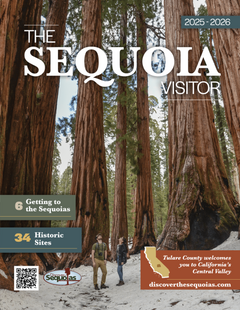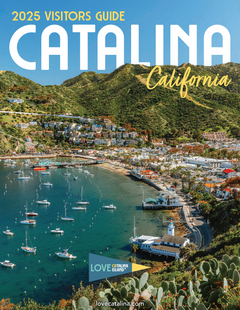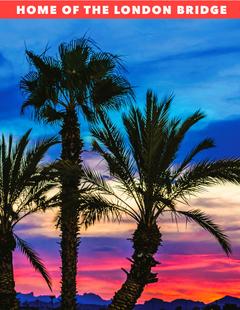Description
California’s geographical diversity makes it a magnet for bird watchers, from quiet coniferous forests to expansive desert, fertile river delta to volcanic mountains and rugged coast. Despite the state’s population density, there is a very good selection of protected areas, including national parks, state parks and national wildlife refuges, where birders can spot an equally diverse list of bird species within convenient reach of major urban centers.
Keep in mind that many areas are greatly effected by the seasonal influx of migratory birds, like Yosemite National Park or the Sacramento-San Joaquin Delta. One of the best places to see bird rarities is Andrew Molera State Park in Big Sur, a meeting place for bird species from the northern and southern biological regions. Even a stone’s throw from the very metropolitan Bay Area, bird watchers can enjoy a productive interlude exploring Bodega Bay or the Don Edwards San Francisco Bay National Wildlife Refuge; similarly, out of San Diego it’s an easy escape to Tijuana Slough National Wildlife Refuge, which hosts several endangered species.
Yosemite National Park:
This designated Important Bird Area (IBA) shelters at least 165 migrating, breeding and wintering bird species as well as more than 90 others classified as vagrant or transient. Commonly sighted residents in this diverse national park include the American Robin, Acorn Woodpecker, Red-winged Blackbird and Mountain Chickadee. Less frequently spotted are the Northern Goshawk, Peregrine Falcon, Great Gray Owl and Pileated Woodpecker.
Joshua Tree National Park:
Many desert birds make a home in this arid region, but in addition to resident Greater Roadrunners, mockingbirds, Cactus Wrens, Gambel’s Quail and Le Conte’s Thrashers, look for migrating Dark-eyed Juncos, Cedar Waxwings, and the Hermit Thrush in winter or the Ash-throated Flycatcher, Western Kingbird and Western Bluebird in summer. Watch also for migrating birds of prey, including hawks, falcons and Osprey, as well as transient warblers, Western Tanagers and Black-headed Grosbeaks.
Lassen Volcanic National Park:
Lassen’s location at the southern end of the volcanic Cascade Range, north of the Sierra Nevada and west of a high desert plateau brings in bird species from all three geographical regions. For good bird variety, try lower-elevation birding sites like Butte or Manzanita, which play host to summer residents and migratory birds in season.
Andrew Molera State Park (Big Sur):
Set south of Monterey, this state park, which ranges from ocean waters to river’s mouth and mountains inland, shelters at least 379 bird species, including a number of rarities. The Big Sur Ornithology Lab (BSOL) is also located in the park, and monitors the diverse mix of fowl at this meeting point for northern and southern biogeographical regions. Look for Winter Wrens and Rufous-crowned Sparrows, Harlequin Ducks and Blackpoll Warblers - even condors -amongst other species.
Sacramento-San Joaquin Delta:
Wintering birds flock to this delta, which takes in riverine islets and many acres of agricultural land, often flooded. Expect more than 150 species here early winter, from the Tundra Swan and Sandhill Crane to Swainson’s Hawk, with limited numbers of Blue Grosbeak, Long-eared Owl and Yellow-breasted Chat.
Bodega Bay:
For rare bird sightings in Sonoma County, Bodega Bay is the leading contender. In addition to the usual coastal suspects like loons, Western Gulls and pelicans, keep an eye out also in early fall for Baird Sandpipers and rare Eastern migrating landbirds as well as the Rufous Hummingbird around Christmas Count. Try specifically “Hole-in-the-Head” or “Owl Canyon” if you’re having trouble at Spud Point or Doran Regional Park.
Don Edwards San Francisco Bay National Wildlife Refuge:
This 30,000-acre urban wildlife refuge provides shelter for more than 280 bird species over the course of an average year between open bay, mudflats, salt marsh, vernal pool and upland habitats. The refuge is particularly busy when migratory waterfowl and shorebirds pass through in spring and fall. Look also for the endangered California Clapper Rail, flittering Barn Swallows and the Burrowing Owl.
Tijuana Slough National Wildlife Refuge (San Diego NWR Complex):
Endangered species like the California Least Tern, the Least Bell’s Vireo, Light-footed Clapper Rail and the California Brown Pelican (which has been recently delisted) can be spotted in this 1051 acre refuge, as can the Western Snowy Plover (threatened), which nests on the beaches. Habitat ranges here from tidal salt marsh and upland to open water and riparian.





















